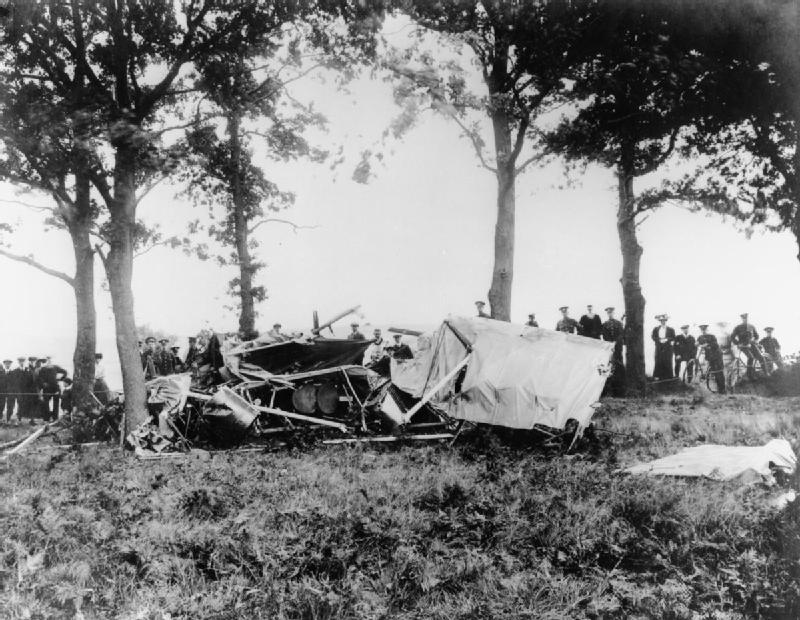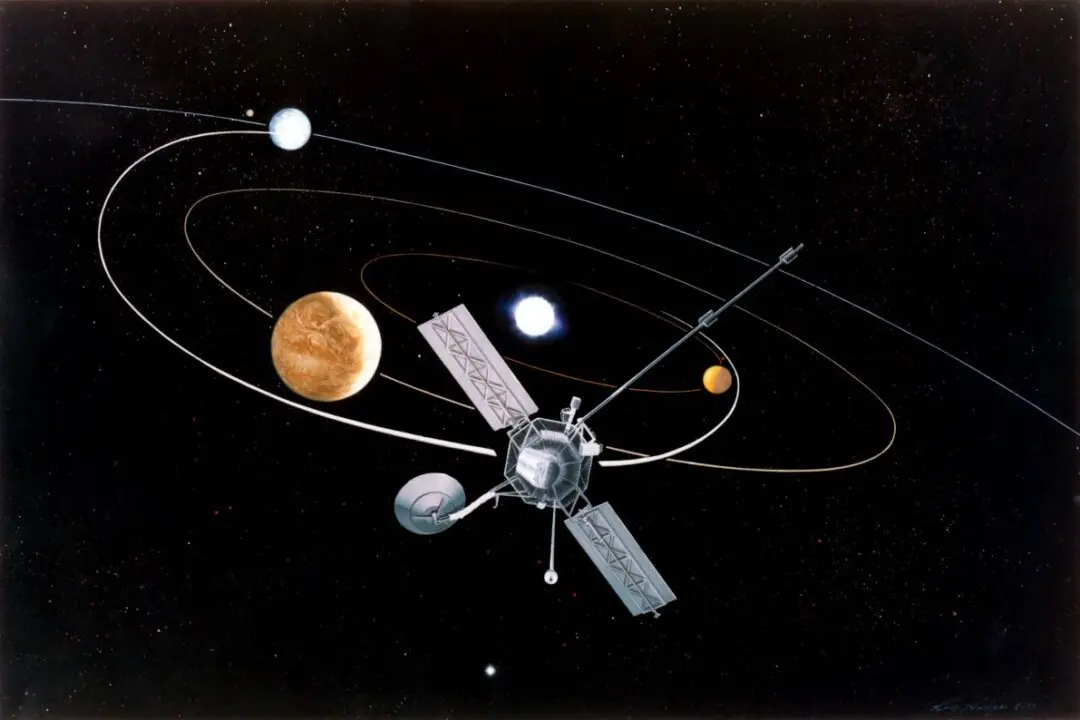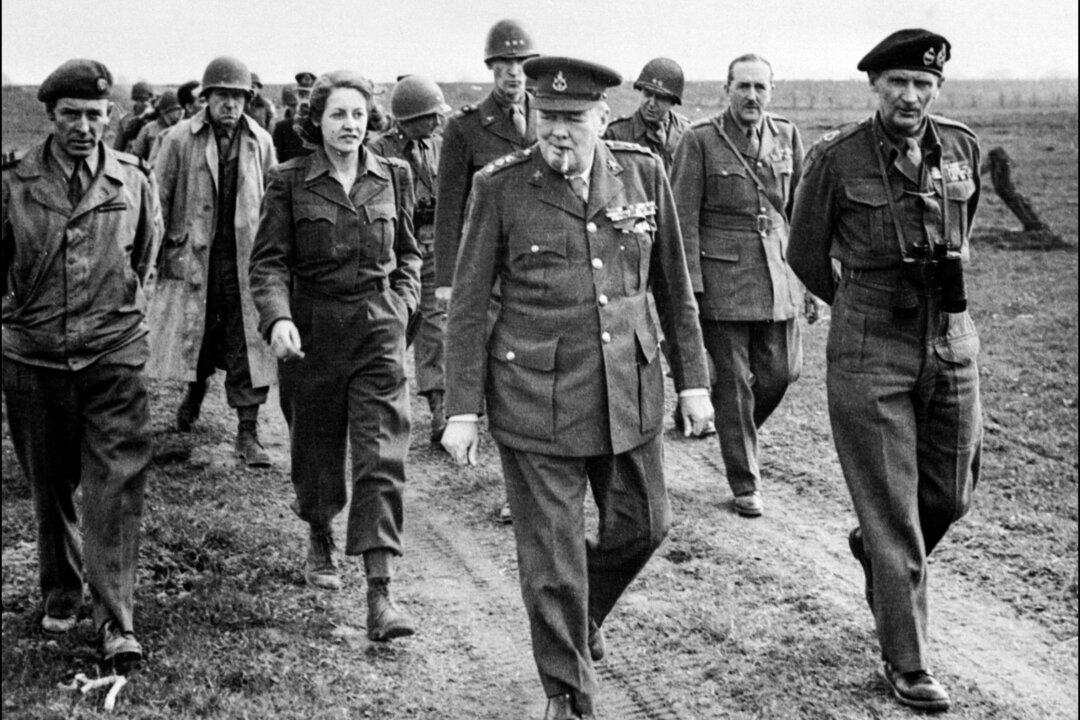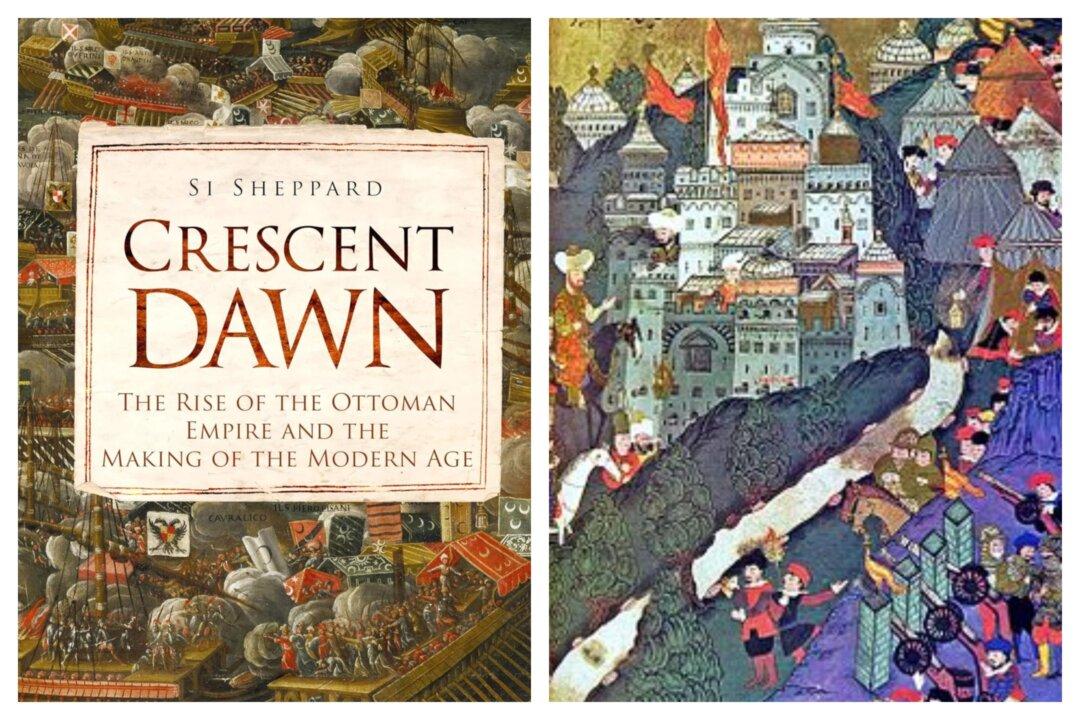The life of Samuel Franklin Cody began in mystery, and it was a mystery of his own creation. Perhaps “lie” rather than “mystery” is more accurate. For about a century, Cody was believed to have been born in Birdville, Texas, rather than his actual hometown of Davenport, Iowa. His actual birth year was 1867, instead of his purported 1861. He did not escape an Indian raid in which his parents were killed, and he was not, in fact, Buffalo Bill Cody.
Lastly, his name wasn’t even Samuel Franklin Cody. He was born Franklin Samuel Cowdery.






